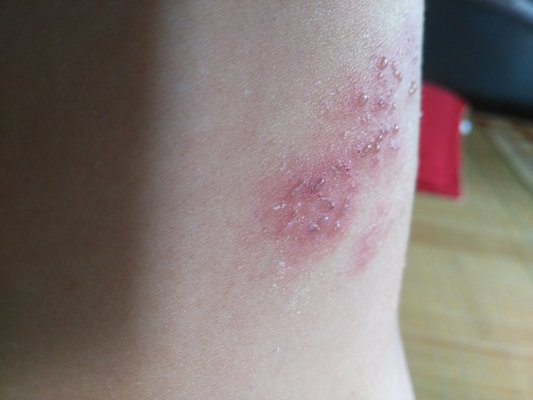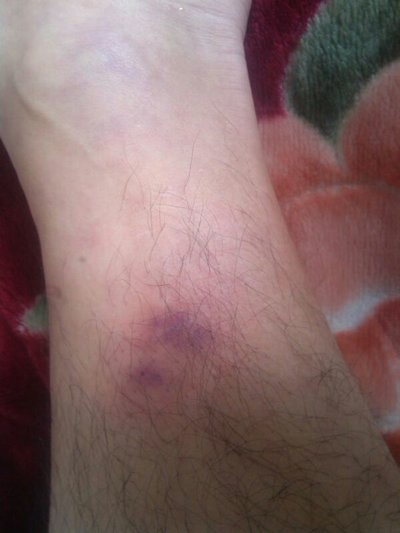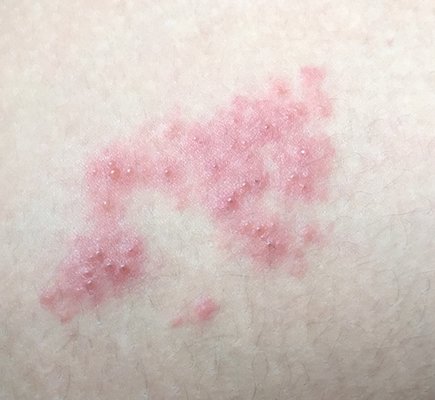Human herpes symptom?
summary
Herpes is a disease caused by herpesviruses. At present, it is known that eight viruses (herpes simplex virus type 1 and 2, varicella zoster virus, human cytomegalovirus, Epstein Barr virus and human herpesvirus type 6, 7 and 8) in Herpesviridae family can cause human diseases. These viruses are collectively referred to as human herpesvirus (HHV). HHV is a group of medium-sized enveloped DNA viruses, which can cause a variety of human diseases, and can be latent in the body for a long time, and re infection occurs under certain conditions. Common clinical varicella, herpes zoster, herpes simplex, genital herpes and other diseases. May invade the human body many organs, any age may have the disease. Human herpes symptom? Let's talk about it
Human herpes symptom?
Herpes zoster is an acute infectious skin disease caused by varicella zoster virus. Some patients become infected with the virus without symptoms. Because the virus is neurophilic, it can lurk in the neurons of the dorsal root ganglion of the spinal cord for a long time after infection. When the resistance is low, or when the virus is tired, infected or cold, it can grow and reproduce again, and move to the skin along the nerve fibers, causing strong inflammation of the invaded nerve and skin. The most common sites of rash were intercostal nerve, cervical nerve, trigeminal nerve and lumbosacral nerve innervation. The rash was composed of clustered herpes and accompanied with pain; The older the patient is, the more severe the neuralgia is, and it can cause postherpetic neuralgia. The disease is common in adults and spring and autumn. The incidence rate increased significantly with age.

Varicella zoster uveitis can be congenital or acquired. Acute retinal necrosis syndrome caused by varicella zoster uveitis has become an important blinding disease. Isolation and culture of varicella zoster virus from infected tissues can confirm the diagnosis. Slit lamp examination can find anterior uveal lesions; Fundus fluorescein angiography can find the corresponding characteristic changes of retinal vasculitis, retinal neovascularization and optic disc inflammation.

The typical lesions of herpes zoster of eyelid are in the skin distribution area of the first branch of the trigeminal nerve (frontal nerve, lacrimal nerve and nasociliary nerve) or the third main branch (rare). But it does not cross the central boundary of the eyelid and nose, and is only limited to one side. It is more common in middle-aged and elderly patients. After cure, there is little recurrence.

matters needing attention
Pay attention to rest, eat easy to digest food, pay attention to supplement water. Strengthen nursing, keep skin clean and prevent secondary bacterial infection. The clothes, bedding, towel and dressing that contact herpes liquid should be disinfected in time, and should not be shared with healthy people. Herpetic gingivitis should keep mouth clean and gargle with 1:1000 benzalkonium bromide solution. Patients with genital herpes should avoid sex during treatment.
















